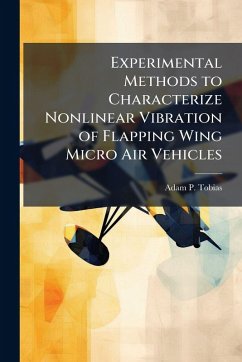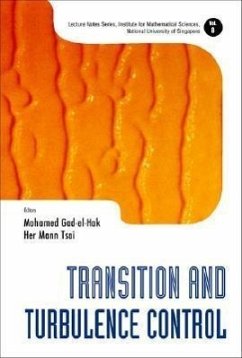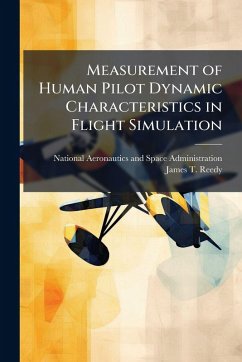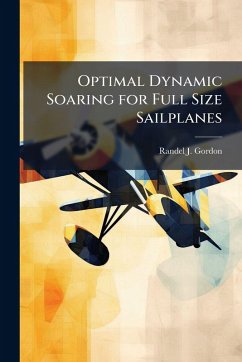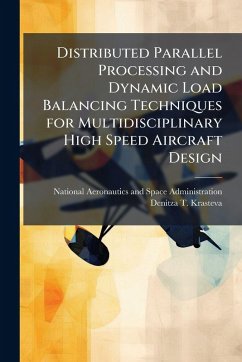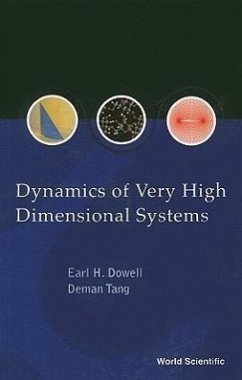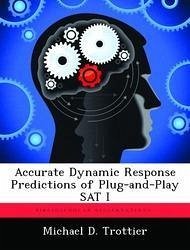
Accurate Dynamic Response Predictions of Plug-and-Play SAT I
Versandkostenfrei!
Versandfertig in über 4 Wochen
15,99 €
inkl. MwSt.

PAYBACK Punkte
8 °P sammeln!
Researchers at the Air Force Institute of Technology (AFIT) and the Operationally Responsive Space (ORS) Office have conducted extensive vibration testing and structural modeling on the first ORS Plug-and-Play Satellite (PnPSAT I). The intent of this research effort is to evaluate the premise that current post-integration spacecraft environmental test requirements can be reduced or modified using accurately tuned finite element (FE) models. As part of this research, modal testing was conducted on the PnPSAT I structural panels at AFIT. The modal testing was part of a much larger series of expe...
Researchers at the Air Force Institute of Technology (AFIT) and the Operationally Responsive Space (ORS) Office have conducted extensive vibration testing and structural modeling on the first ORS Plug-and-Play Satellite (PnPSAT I). The intent of this research effort is to evaluate the premise that current post-integration spacecraft environmental test requirements can be reduced or modified using accurately tuned finite element (FE) models. As part of this research, modal testing was conducted on the PnPSAT I structural panels at AFIT. The modal testing was part of a much larger series of experimental trials on various configurations of PnPSAT I at the Air Force Research Laboratory (AFRL) facilities at Kirtland Air Force Base (KAFB). Multiple sets of vibration data were also collected from accelerometers on PnPSAT I from standard and modified spacecraft prelaunch sine sweep and random vibration tests. The modal data collected at AFIT is used to tune two PnPSAT I panel FE models and the random vibration data collected at KAFB is used to tune the complete satellite for one configuration. The goal is to create an accurate FE model capable of predicting the dynamic response in a frequency range of 0-300 Hz of various PnPSAT configurations. This modeling and tuning effort will be validated by comparing FE model predictions with measured vibrational response from the previously mentioned experimental trial. This work has been selected by scholars as being culturally important, and is part of the knowledge base of civilization as we know it. This work was reproduced from the original artifact, and remains as true to the original work as possible. Therefore, you will see the original copyright references, library stamps (as most of these works have been housed in our most important libraries around the world), and other notations in the work. This work is in the public domain in the United States of America, and possibly other nations. Within the United States, you may freely copy and distribute this work, as no entity (individual or corporate) has a copyright on the body of the work. As a reproduction of a historical artifact, this work may contain missing or blurred pages, poor pictures, errant marks, etc. Scholars believe, and we concur, that this work is important enough to be preserved, reproduced, and made generally available to the public. We appreciate your support of the preservation process, and thank you for being an important part of keeping this knowledge alive and relevant.




